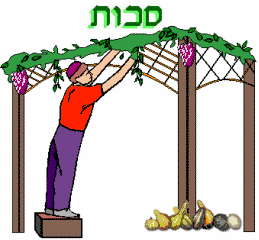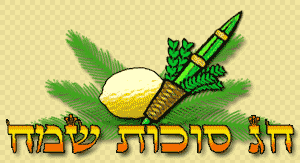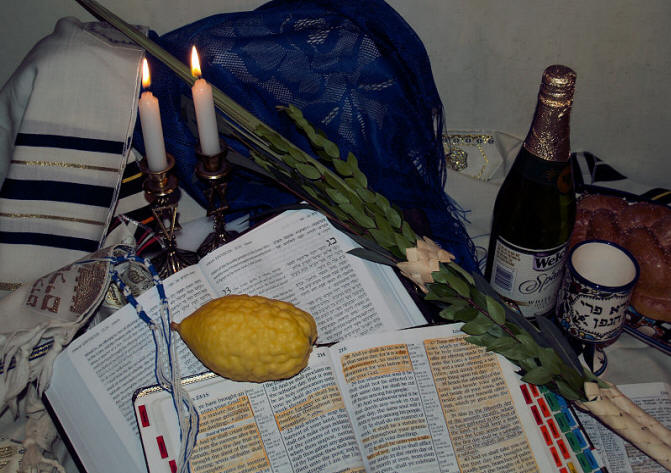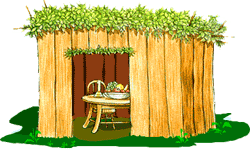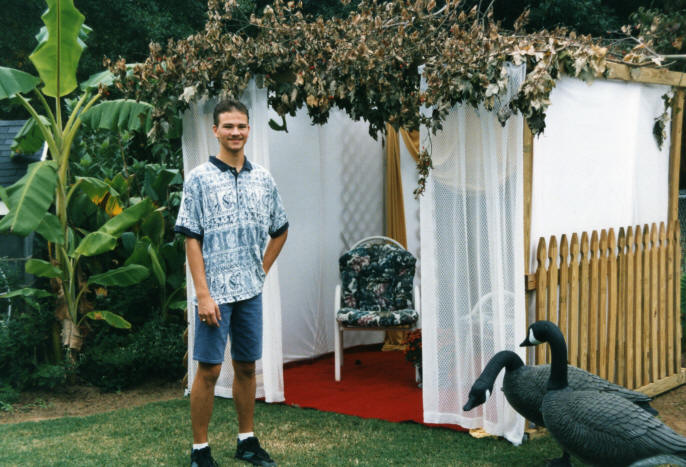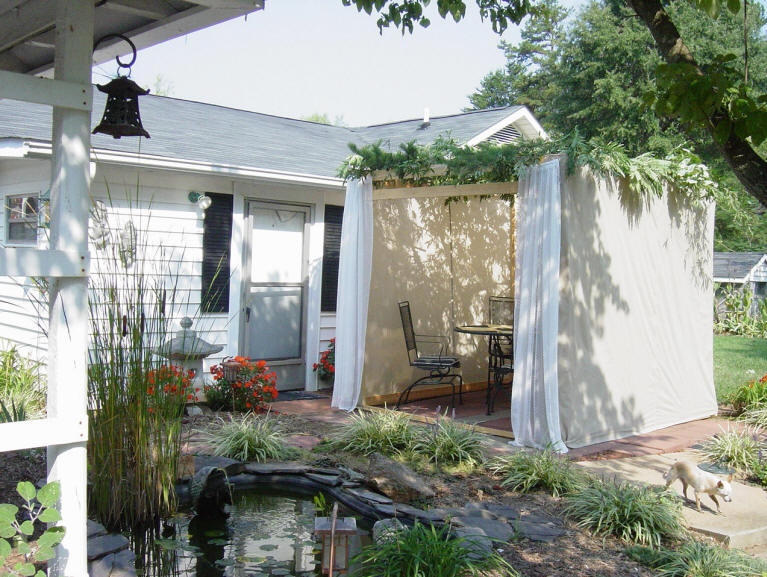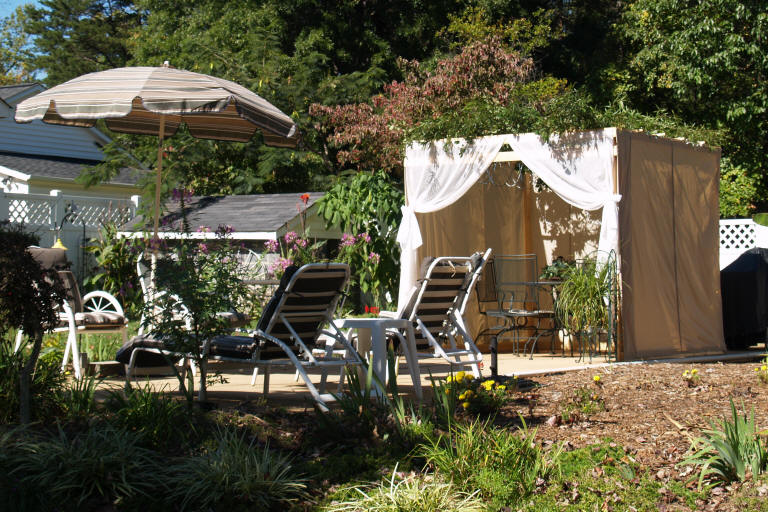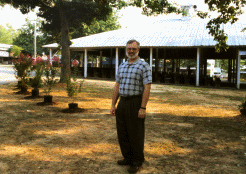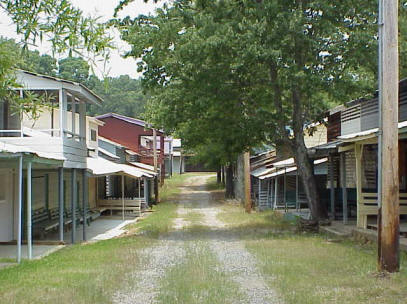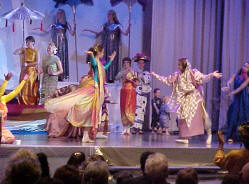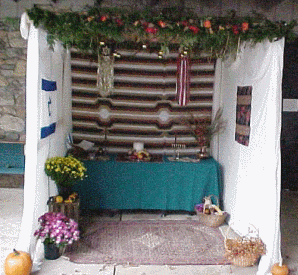Sukkot
Sukkot
![]()
![]()
![]()

Our
Discovery of
SUKKOT
When to
Celebrate
The 4 Species
The Sukka
The Stranger
Restoration
Then & Now
Yeshua &
Sukkot
Water
Libation
Ceremony
Millennial
Reign
of Messiah
Other
Names for
SUKKOT
Family Photos
Campmeeting
Parallel
Thanksgiving
Parallel
Additional
Sukkot Facts
C.B.U. Sukkot
Conference in
Black Mountain, NC
Beit Yeshua
SUKKOT
Celebrations
2011
in Israel
2010
at Covenant
2009
at Covenant
2008
at Doug &
Lynda's Home
2007
at Doug &
Lynda's Home
2006
at Doug &
Lynda's Home
SUKKOT
Calendar Dates
Sukkot was the first Festival of the Lord that Carolyn and I had the opportunity to experience back in the 1980s. We had gone to Resurrection Lutheran Church in Charlotte, North Carolina, for a Feast of Tabernacle celebration, not really knowing what it was. At the time I was serving as Minister of Music in Catawba County and we had actually gone for the praise, worship and dance opportunities, but the Lord had other ideas.
Imagine walking into a church and there in the foyer was a wooden structure with leafy tree branches on the top and fruit hanging everywhere. It was wonderful, like nothing I'd ever seen before. I wondered why, if the Festivals of the Lord were mentioned in scripture, the church had failed to incorporate them into our yearly worship cycle.
Thus began our journey to better understand the Hebrew roots of our Christian faith.
Sukkot (pronounced “sue-coat”) is a Hebrew word that means “booths” and refers to the temporary dwelling the Jews lived in on their forty year journey from Egypt to the promised land.
Leviticus 23
34 Speak unto the children of Israel, saying, the fifteenth day of this seventh month shall be the Feast of Tabernacles for seven days unto the LORD.39 Also in the fifteenth day of the seventh month, when ye have gathered in the fruit of the land, ye shall keep a feast unto the LORD seven days: on the first day shall be a Sabbath, and on the eighth day shall be a Sabbath. Sukkot is a seven-day festival. The first day of Sukkot is the 15th of Tishrei, occurring in September or October of the year.
40 And ye shall take you on the first day the boughs of goodly trees, branches of palm trees, and the boughs of thick trees, and willows of the brook; and ye shall rejoice before the LORD your God seven days
The Four Species are the...
Etrog - the fruit of a goodly tree is the citron
Lulav – the palm branch
Hadas – the myrtle branch
Aravah – the willow branch
The Lulav, Hadas and Aravah when combined are referred to as the Lulav.
They are held and waved to the North, South, East, West, Up and Down showing that God is everywhere. The Hebrew phrase "Hodu L'Adonai Ki Tov Ki L'Olam Chasdo", meaning "Give Thanks to the Lord for He is Good", is spoken as the Lulav and Etrog are waved.The easiest place to get a lulav & etrog is probably from the internet.

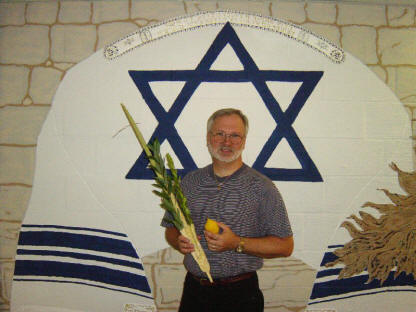
Holding the Lulav & Etrog ...

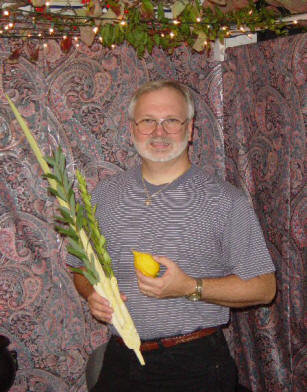
... in 1995 and in 2004.
41 And ye shall keep it a feast unto the LORD seven days in the year. It shall be a statute for ever in your generations: ye shall celebrate it in the seventh month. 42 Ye shall dwell in booths seven days; all that are Israelites born shall dwell in booths. 43 That your generations may know that I made the children of Israel to dwell in booths, when I brought them out of the land of Egypt: I am the LORD your God. The sukka can be constructed of any light weight material. Just remember it is a temporary shelter. According to tradition, a sukka must have at least 2 ½ walls. The most important part of the sukka is the roof. Branches of “goodly” trees are used for the roof covering, but you must be able to see the stars. Wooden slats allow you to place the branches on top of the structure without them falling on your head.
It is customary to “dwell” in the sukka. Dwelling implies eating, sleeping (if weather permits) and study.Sukkot reminds us that life is temporary. Even our bodies are temporary homes as we prepare for eternity with the Lord. In John 14:2, Yeshua even said “I go to prepare a place for you”. Deuteronomy 16 13 Thou shalt observe the Feast of Tabernacles seven days, after thou hast gathered in thy corn and thy wine. 14 And thou shalt rejoice in thy feast, thou, and thy son, and thy daughter, and thy manservant, and thy maidservant, and the Levite, the stranger, and the fatherless, and the widow, that are within thy gates. Even if we're not native-born Israelis, or even Jewish, scripture says that even "the stranger within the gates" is to observe the Feast.

Nehemiah 8 14 And they (Ezra & the scribes) found written in the law which the LORD had commanded by Moses, that the children of Israel should dwell in booths in the Feast of the seventh month: 15 And that they should publish and proclaim in all their cities, and in Jerusalem, saying, Go forth unto the mount, and fetch olive branches, and pine branches, and myrtle branches, and palm branches, and branches of thick trees, to make booths, as it is written. 16 So the people went forth, and brought them, and made themselves booths, every one upon the roof of his house, and in their courts, and in the courts of the house of God, and in the street of the water gate, and in the street of the gate of Ephraim. During a time when the Lord is restoring so much that has been lost to the church, isn't it interesting to see that during the time of Ezra the Lord was "restoring" to them, too. When Ezra "found" written in the law that they were to dwell in booths during Sukkot, the people did so.
John 7 2 Now the Jews' Feast of Tabernacles was at hand. 11 Then the Jews sought him (Yeshua) at the feast, and said, Where is he? 14 Now about the midst of the feast, Jesus went up into the temple and taught. 37 In the last day, that great day of the feast, Jesus stood and cried saying, If any man thirst, let him come unto me and drink. 38 He that believeth on me, as the scripture hath said, out of his belly shall flow rivers of living water. Yeshua, himself, observed Sukkot just like he would have done with all the other festivals.
Israel is a dry country. Rain is important for crops to grow and do well. The Water Libation ceremony was a part of the Sukkot celebration. During the Water Libation Ceremony, the High Priest would go to the Pool of Siloam and carry water back to the temple in a golden flask. There the water would be poured (with wine) into a silver pitcher on to the altar. The High Priest would pray for rain for the coming year. On a spiritual level, the prayer was for prophetic inspiration.
It was also during Sukkot, in reference to the water libation ceremony, when Yeshua stood and said..."out of his belly shall flow rivers of living water." (John 7:38)Sukkot During the Millenium Reign of Messiah Yeshua
Zechariah 14 16 And it shall come to pass that every one that is left of all the nations which came against Jerusalem shall even go up from year to year to worship the King, the LORD of hosts, and to keep the Feast of Tabernacles. 17 And it shall be, that whoso will not come up of all the families of the earth unto Jerusalem to worship the King, the LORD of hosts, even upon them shall be no rain. This has become one of my favorite festival scriptures. Not only does it speak of Succot, but also informs us that we'll be observing Sukkot during Messiah's 1000-year reign on Earth. This scripture puts to rest the suggestion that some have that the festivals are a thing of the "past". They should also be a thing of our "present", just like they will be in our "future".
The Feast
The Great FeastFeast of Booths - Hag’ha Sukkot
Feast of Ingathering - Hag’Ha Asif
Time of Our Joy - Z’man Simchateinu
The Feast of Full Glory
The Feast of the Watergate
The Festival of the Final Harvest
We've built numerous Sukkot over the years. This one was built in 1995 when our son, Philip, was a teenager. Notice the branches on top and curtained walls. This particular sukka even had "carpet"!
This was our family sukka that we built in 2006. No carpet this time, but the fruit and fragrant yellow Angel's Trumpet's flowers provided a wonderful sweet smell each time we went into the sukka.
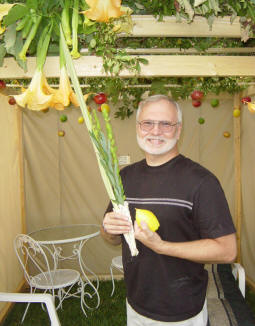
Holding the Lulav and Etrog in 2006
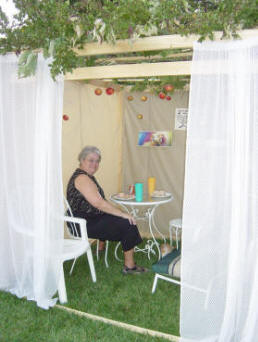
Carolyn enjoys a meal in the sukka. Mom comes for a visit.
The family sukka in 2007
... 2008
... 2010
I grew up in a rural area where Campmeeting was a cultural activity. From the time I was a child, my family went to Campmeeting in the late summer of each year. The Balls Creek Campground was constructed in 1853 at a central location to all the Methodist congregations in eastern Catawba County. The yearly two-week revivals continue to present day. The Campground and its several hundreds of temporary wooden shelters, called tents, are listed on the Nation Register of Historic Places. At the center of several circular rows of over 300 tents is an arbor, or worship site. This open sided church is still used for evening preaching and worship services.

After I attended my first Feast of Tabernacles, I saw several similarities between Sukkot and Campmeeting ... the religious central theme ... the time of spiritual renewal (revival) ... and living in temporary shelters.
Was this coincidental, or was there something in the history of campmeeting with a root all the way back to Leviticus 23 and Sukkot?
Sukkot reminds many people of the American holiday Thanksgiving. Is it all a coincidence that the American Pilgrims chose to express thanks to God for survival and good harvest in the fall of the year? Could they have gotten the idea from looking to the scriptures of Leviticus 23?
The actual festival of Sukkot lasts for 7 days.
The 7th day is called the Hoshana Rabba
The 8th day is called Shemini Atzeret
This is when prayers for rain would be offered.
The 9th day is called Simchat Torah or Rejoicing in the Torah.
There is singing and dancing in the synagogues and even in the streets.
Shemini Atzeret and Simchat Torah are separate holidays, but are both related to Sukkot.
Most of the world celebrates Sukkot for nine day, but in Israel the festival is only eight days.
Christian Believers United does a Sukkot conference in September/October each year at the Ridgecrest Conference Center in Black Mountain, North Carolina. 
The Nations of the Earth come to worship Messiah Yeshua during Sukkot 
Messiah & His bride under the chupa, and at the coronation of the King 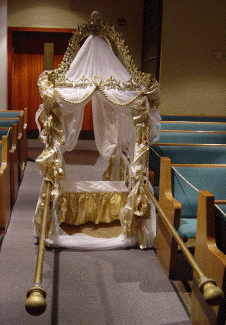
The wedding liter
The Sukka outside the conference center Sukkot Celebrations
Check out photos of our various Sukkot celebrations over the years.
5770 October 2, 2009 to October 9, 2009
5771 September 22, 2010 to September 29, 2010
5772 October 12, 2011 to October 19, 2011
5773 September 30, 2012 to October 7, 2012
5774 September 18, 2013 to September 25, 2013
5775 October 8, 2014 to October 15, 2014
5776 September 27, 2015 to October 3, 2015
5777 October 16, 2016 to October 23, 2016Chag Sameach! Happy Holiday!
